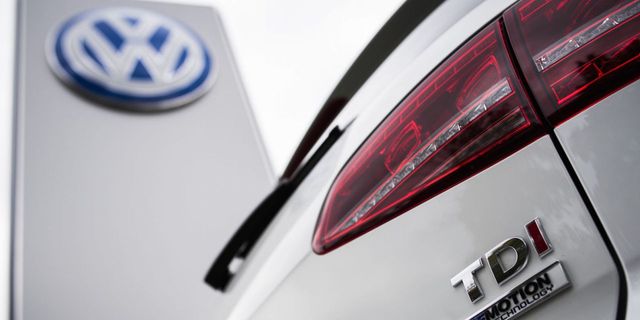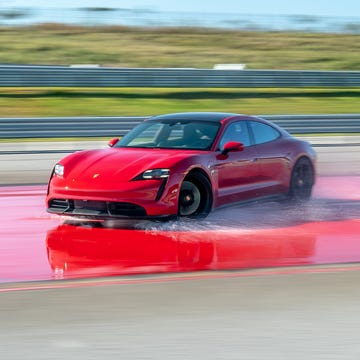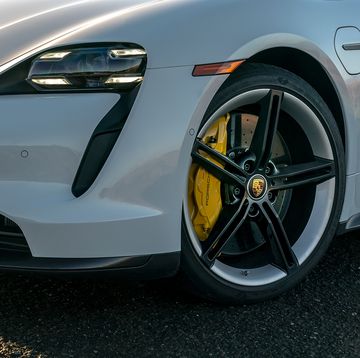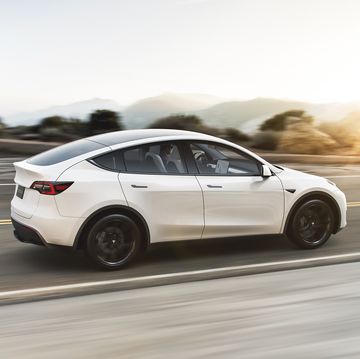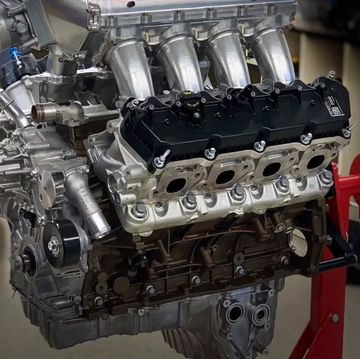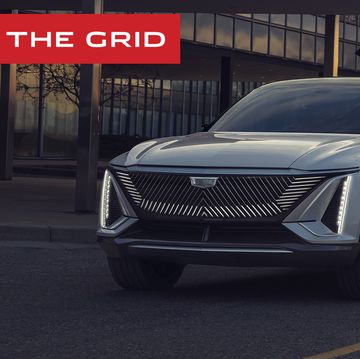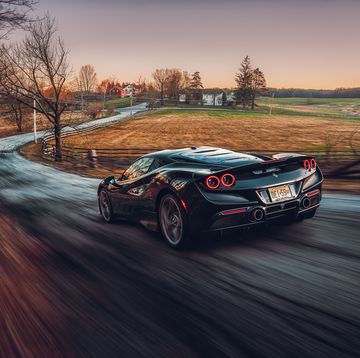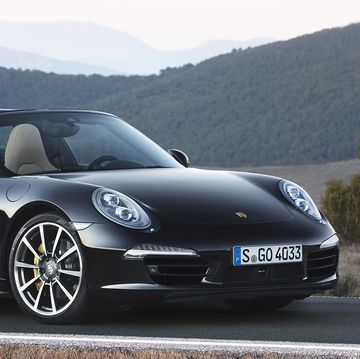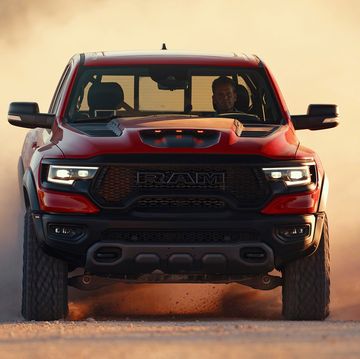The discovery of Volkswagen's long-running diesel emissions cheat is causing huge shifts in the entire auto industry. In the wake of the TDI scandal, regulators are grappling with the extent to which real-world fuel efficiency and emissions differs from the results measured in lab testing. There's a crackdown coming, and automakers are scrambling to adapt to it. And it's having a surprising result: Manufacturers are abandoning their tiniest engines in favor of larger displacement.
As Reuters explains, automakers have steadily been downsizing the engines in their European-market offerings in response to increasingly stringent emissions and fuel economy regulations. These tiny, often turbocharged engines perform admirably in government emissions and efficiency tests.
But government testing occurs under stringently-controlled conditions that hardly reflect real-world driving habits. As we've previously explained, the European Union's emissions tests always occur at ambient temperatures between 20C and 30C, at speeds below 145 km/h, with engine speed never exceeding 2400 RPM. Automakers know this, and they exquisitely tune their vehicles to run clean and lean under this kind of driving.
There's a catch: EU regulations allow automakers to design their engines to flout emissions and economy regulations under conditions that fall outside of the official testing parameters. So, under real-world driving conditions—which is to say, cold or hot weather, higher RPMs, or fast highway speeds—these seemingly squeaky-clean vehicles may put out far more than the legal limit of toxic emissions. And government officials have allowed this, so long as the automakers claim it's necessary to protect vehicle longevity.
But that's all changing now. The discovery of Volkswagen's elaborate emissions defeat device, which only activated TDI emissions control equipment when the car detected it was undergoing government testing, has led regulators to acknowledge that every new car puts out illegal amounts of pollution under real-world driving conditions.
As Reuters revealed, that loophole is about to close:
Starting next year, new models will be subjected to realistic on-the-road testing for NOx, with all cars required to comply by 2019. Fuel consumption and CO2 will follow two years later under a new global test standardIndependent testing in the wake of VW's exposure last year as a U.S. diesel emissions cheat has shed more light on the scale of the problem facing automakers.Carmakers' smallest European engines, when driven at higher loads than current tests allow, far exceed legal emissions levels. Heat from the souped-up turbos generates diesel NOx up to 15 times over the limit; gasoline equivalents lose fuel-efficiency and spew fine particles and carbon monoxide."They might be doing OK in the current European test cycle, but in the real world they are not performing," said Pavan Potluri, an analyst with influential forecaster IHS Automotive."So there's actually a bit of 'upsizing' going on, particularly in diesel."
Unnamed industry insiders confirmed to Reuters that the short-term solution is larger-displacement engines. GM's European-market 1.2-liter turbodiesel could grow to 1.6 liters; Volkswagen's 1.4-liter turbodiesel three-cylinder will likely be replaced by a 1.6-liter four. Tiny gasoline engines, like Renault's 900cc H4Bt, inject excess fuel under heavy load driving to prevent overheating, increasing unburned hydrocarbon, carbon monoxide and particle emissions.
"The techniques we've used to reduce engine capacities will no longer allow us to meet emissions standards," Alain Raposo, head of powertrain at the Renault-Nissan alliance, told Reuters. "We're reaching the limits of downsizing."
This presents a massive challenge to automakers. They can't rely on engine downsizing to goose emissions lab test results; but the short-term solution of bigger, more understressed engines won't meet upcoming fuel efficiency goals. Some analysts predict that tougher real-world emissions testing will kill sub-1.5-liter diesel engines and gasoline powerplants smaller than 1.2 liters. With tiny engines off the table, electric and hybrid drivetrains become more and more urgent.
In this arena, disgraced Volkswagen seems to be taking the lead: The automaker promises to sell up to 3 million electric vehicles annually by 2025. Other automakers, caught up in the wave of increased scrutiny that VW's TDI cheat unleashed, will likely follow suit.

Bob Sorokanich previously served as deputy editor of Road & Track Magazine. He is based in New York City.
